Historic British landscapes under severe threat from climate crisis
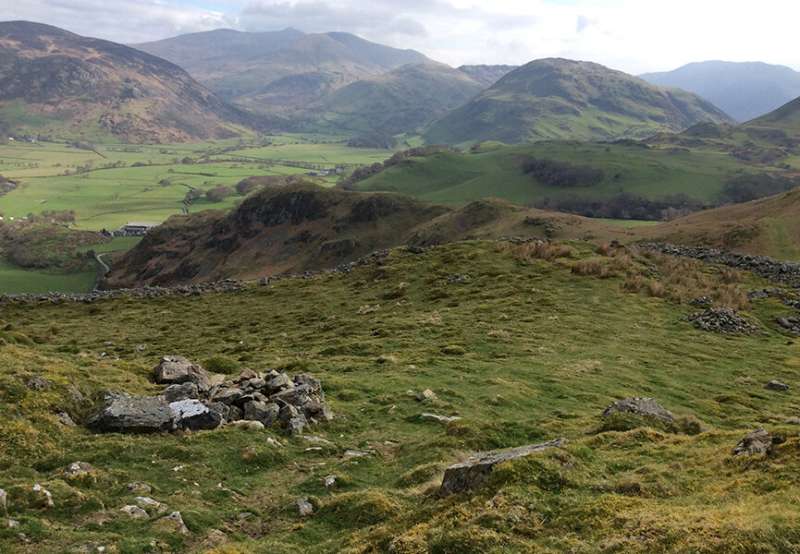
Some of Britain's most loved historical landscapes such as the Lake District, Snowdonia and the Orkney Islands are at risk of being severely damaged and changed forever by the effects of climate change, according to an archaeologist from the University of Sheffield.
Research by Isabel Cook, a Ph.D. student from the University's Department of Archaeology, is adding to the growing evidence that historic landscapes across the UK have already been affected by climate change impacts, such as sea-level rise, coastal erosion and flooding.
Among the historic landscapes affected is the Dysynni Valley in Wales, which is home to military remains dating back to the Second World War. Isabel's research has found that the area is at risk from sea-level rise and flooding, with the remains under severe threat of erosion.
Previous studies have shown that historic sites such as the Forts of the Saxon Shore, a collection of Roman coastal fortresses that stretch along the South East coast of England and include features at Dover Castle, Pevensey Castle and Burgh Castle, have been affected to varying degrees by coastal processes such as erosion and landslides. Some of the Saxon Shore Forts have been lost completely to erosion, such as those at Walton Castle in Suffolk.
The small town of Dunwich, which was a large center for medieval shipbuilding and trade on the Suffolk coastline in the 14th century, has seen its coastline retreat by 600 meters—something which has completely destroyed the cultural heritage and historic character of the town. Ten churches and a friary have been lost there so far, with erosion continuing to threaten the rest of the area.
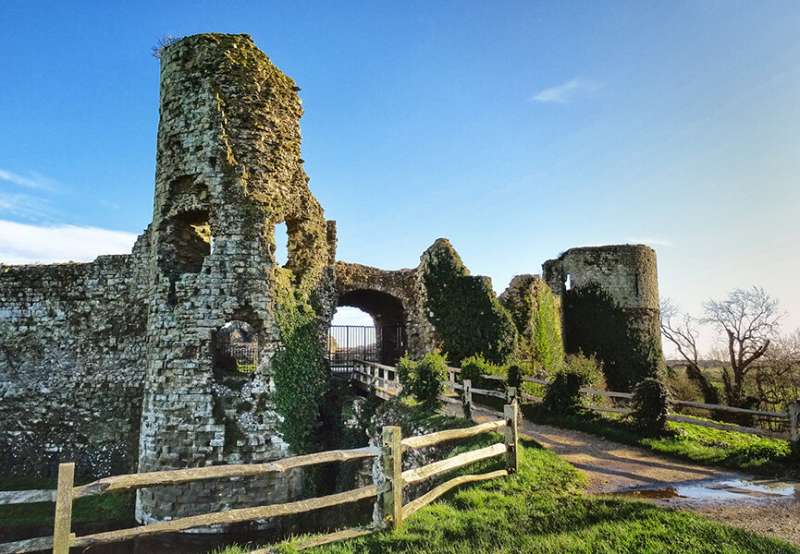
Isabel's research reveals how the loss experienced at Dunwich doesn't just relate to the disappearance of individual buildings and sites in isolation, but also to the loss of the town's heritage and the historic character of the urban landscape.
With the threat to Dysynni Valley, the losses experienced on the South East coast and the recent news that rising seas and increased rainfall is threatening the world heritage status of the Orkney Islands, the University of Sheffield archaeologist is now calling for more action to protect the UK's historic landscapes, which she stresses are "living museums."
Isabel said: "Landscapes are hugely important to cultural heritage not just in the UK but in every country around the world. They are dynamic spaces that hold the heritage and history of the nation while functioning as tourist attractions and supporting farming industries. They are places that we interact with, and live within, forming the context of our lives, livelihoods and memories. This makes landscapes extremely important for cultural identity, so we need to be aware of the very real threat they are facing from the effects of climate change.
"Action is already being taken to try and protect important historical monuments, but we need to realize that significant landscapes are at risk from climate change too.
"Imagine a UK where the historic streets and promenades of Victorian seaside towns like Brighton, Bournemouth and Aberystwyth become obscured by hard coastal defenses built to protect homes and businesses from erosion, rising sea-levels and extreme flooding events. Imagine a UK where the ornamental gardens of historic estates, like Chatsworth in Derbyshire and Cragside in Northumberland, are blighted by new invasive species, pests, and diseases, and ravaged by drought. We need to ensure our grandchildren and their grandchildren can experience and learn from these places as we have done."
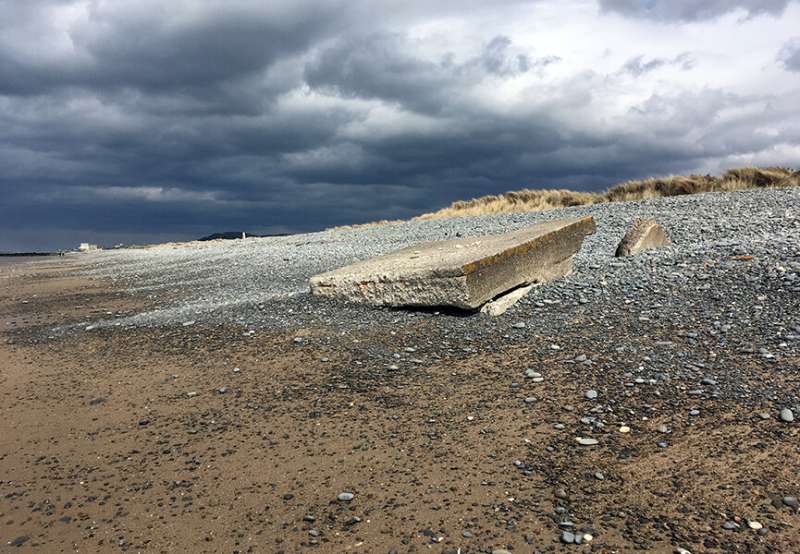
While heritage agencies are beginning to acknowledge and take steps towards addressing the threat posed by climate change to historic buildings, monuments and sites, research by the University of Sheffield archaeologist reveals how little is being done to protect the landscape itself.
English Heritage has published a risk assessment on the threat of coastal erosion to its estate and the Shifting Shores report looks at the potential impact of climate change on National Trust properties. Although these reports mention the landscape setting of heritage sites, Isabel's research highlights how they do not specifically mention the threat to the historic landscape.
Research by the Sheffield Ph.D. student also reveals how most previous academic studies into the impact of climate change on archaeological remains omit any mention of historic landscapes.
In response, Isabel has developed a framework for including historic landscapes in climate change impact, adaptation and mitigation research. This includes assessing how vulnerable historic landscapes are to the effects of climate change.
The framework also establishes a sustainability assessment methodology for coastal and flood-risk management that includes historic landscapes as a consideration—something which could be used by policy-makers to include the historic character of the landscape in climate change adaptation decisions. This could change the way that coastal erosion and flood-risk management is carried out in the future, with more consideration of the historic landscape alongside environmental, social and economic factors.
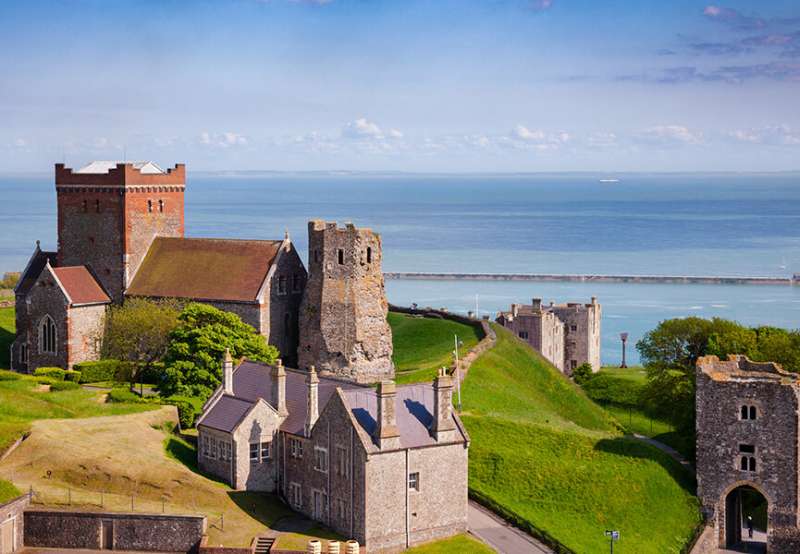
The Sheffield Ph.D. student's research also highlights how changes in temperatures and rainfall caused by climate change are likely to affect the distribution and behavior of plants and animals on important historical landscapes. Examples include the expansion of insect species towards higher latitudes and increased over-winter survival, which poses a greater risk of insect attack or bioturbation on important archaeological landscapes and remains.
Changing climatic conditions may also lengthen crop growing seasons and force people to grow food in different places, such as areas of important historical and cultural interest. For instance, arable crop farming may become an option in areas once only suitable for extensive sheep farming. As well as affecting local economies and traditional ways of life, this change could affect the visual character of historically important landscapes, according to the study.
Historic woodland, parks and gardens, which characterize many historic landscapes, are also likely to be affected by changing temperatures and invasive species. This may affect the plants that can be grown in parks and gardens, and alter the ecosystems structure of ancient woodlands.
Additionally, the University of Sheffield study highlights how the impact of climate change on historic landscapes is not limited to direct impacts—there may be impacts caused by the mitigation and adaptive approaches that are taken in response to climate change. For example, the construction of coastal defenses in response to rising sea levels could result in a coastal squeeze, causing the loss of saltmarsh and beach.
Coastal defenses can also significantly alter the character of the coastline, affecting visual amenity. The Sheffield archaeologist is calling for the impact of coastal defenses on the historic landscape as a whole to be considered, rather than just the impact on individual archaeological sites.
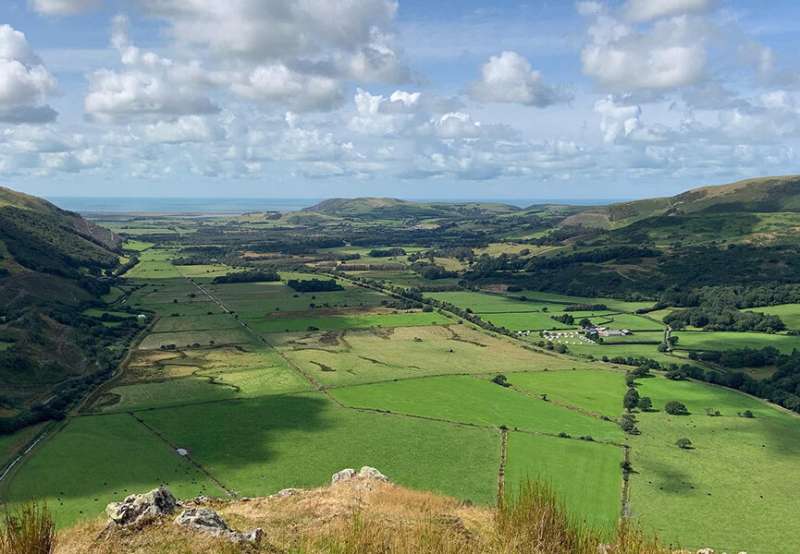
Isabel added: "A great wealth of archaeological material can be found on the British coastline and is now vulnerable to changing coastal processes that are being triggered by climate change.
"We've already seen coastal erosion and landslides—which are projected to worsen due to sea-level rise and increasing storminess—destroy many historic and prehistoric coastal fortifications and settlements on the south east coast of England. The loss of these features threatens the historic character of these coastal landscapes, be it a military and defensive landscape, a religious and early Christian landscape, or a landscape characterized by post-medieval trade and industry. We need to ensure that the historic landscape is factored into all climate change impact and adaptation research and management in the UK, at all stages of policy development and planning, rather than being considered only by heritage agencies.
"The framework developed through my research provides a simple method for establishing the different ways in which the character of each historic landscape is vulnerable to climate change. It also gives planners and policy-makers a useful tool for assessing the various ways in which different coastal and flood-risk management approaches will impact the historic landscape."
More information: For more information on Isabel Cook's research and her development of a landscape-scale framework for assessing the vulnerability of historic landscapes to climate change, visit: www.researchgate.net/publicati … nerability_Framework
Provided by University of Sheffield




















